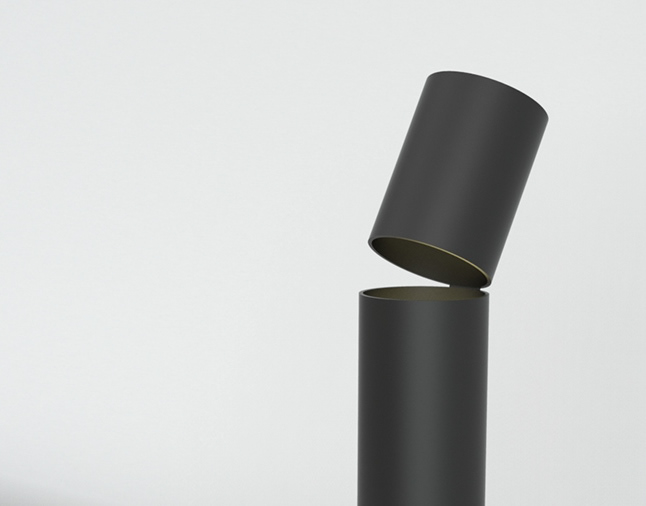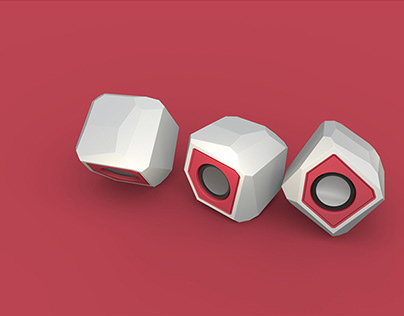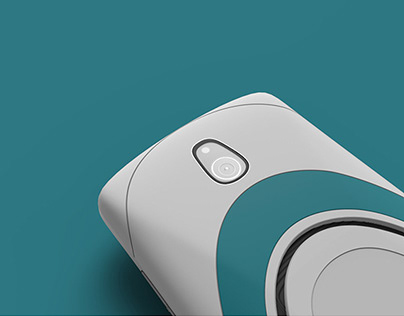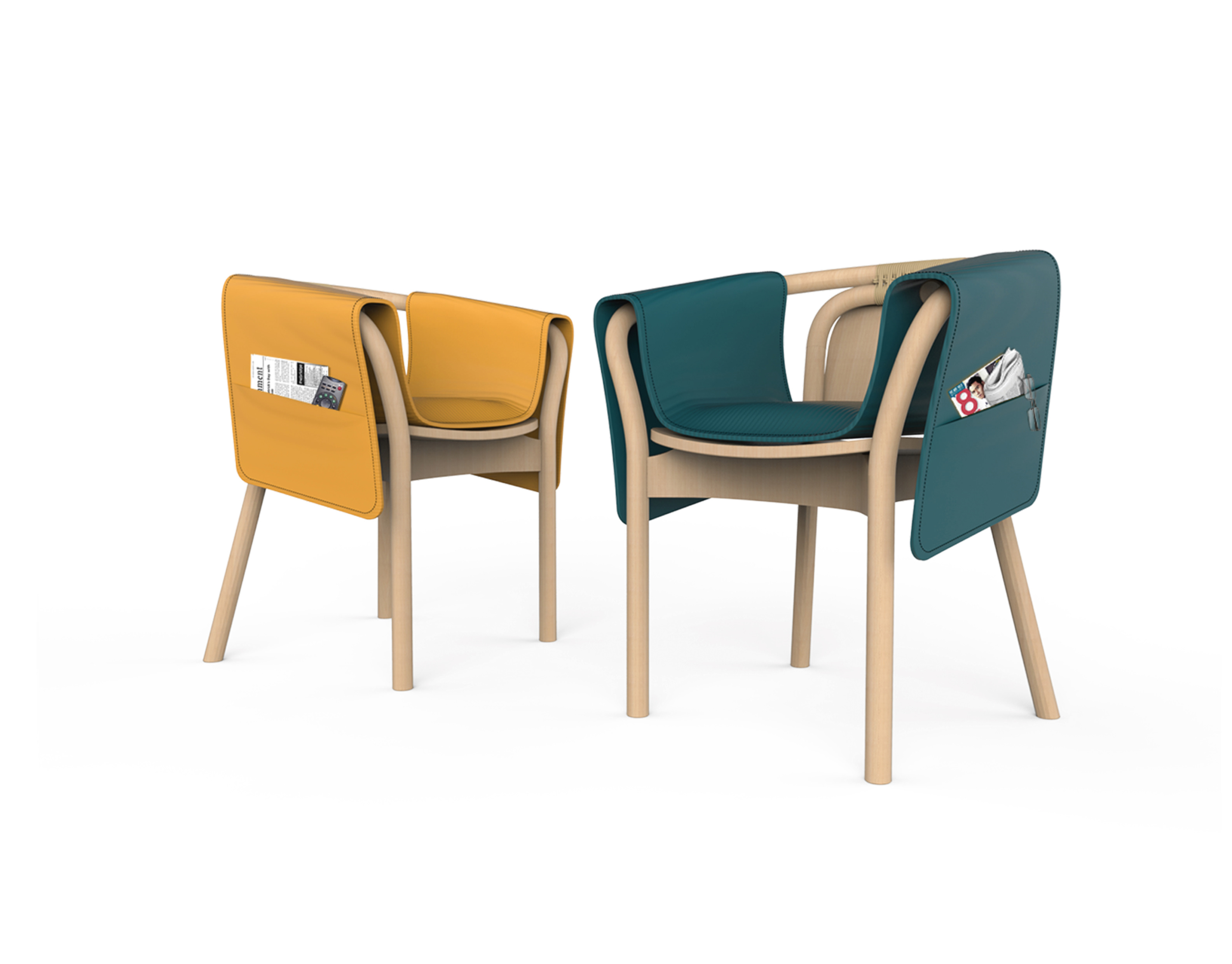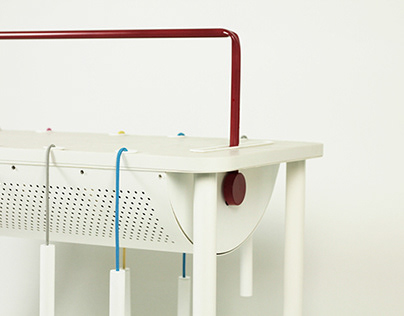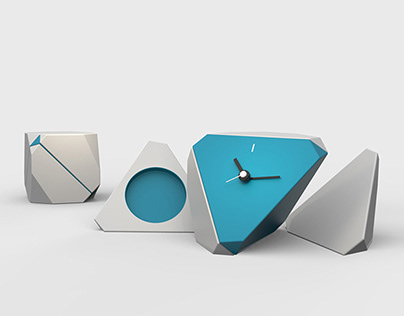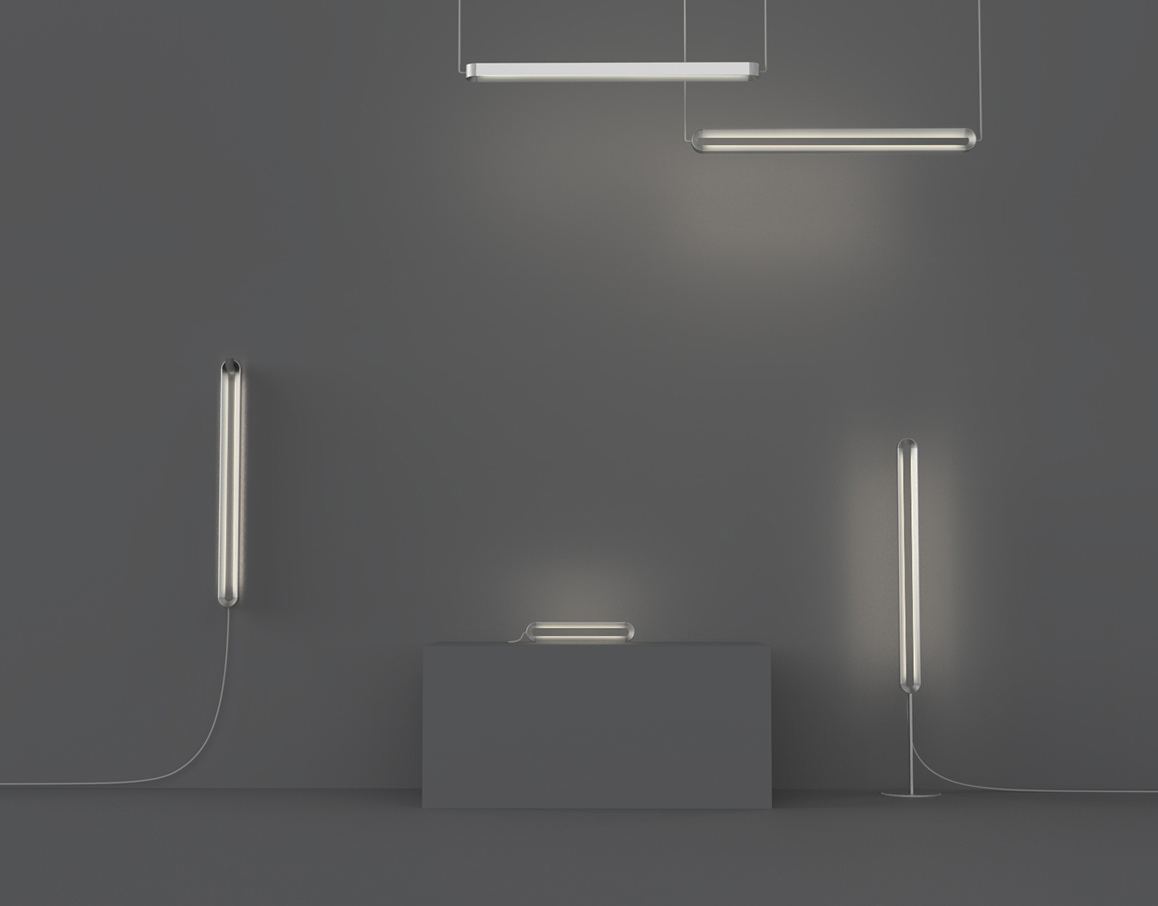Airtomo Air Purification System
Our battle with air pollution is not just above ground, it is also under; pollution on underground transportation, e.g. London Underground (LU), can be 20 times* higher than roadside air. The primary pollutants are particulate matter (PM) 2.5 and 10, which are many times smaller than a strand of hair. They are hence tiny enough to enter our body to cause damage. Damage equivalent to smoking a cigarette^ if you spend just 20 minutes underground.
Iron oxides form majority of the pollutants and are typically produced from the interaction between train wheels and tracks. PM concentrations are affected by particle resuspension a phenomenon where PM at rest are disturbed and recirculate back into the air. This is due to trains and the train tunnel piston effect, as well as people’s movement.
*Financial Times, 2019.
^British Lung Foundation, 2003.
Inspired by how Nature uses rain to clean the air, Airtomo wearables and modules release dry, atomised water vapour to remove pollutants¹ through a process called aggregation. Water droplets bind harmful particles to form large, heavy aggregates which fall to the ground, thus removing PM from the air. They no longer resuspend, even after water has evaporated, and can subsequently be removed with a mop or broom.
Airtomo proposes a decentralised, dynamic way to purify air. The infrastructure modules leverage on the train tunnel piston effect to push vapour into station platforms to clean the air and directly tackles resuspension at the source when it is installed along passage ways, intersections, entrances or exits. Airtomo wearables offer individuals a personal vapour cloud that actively cleans the air one breathes or reduces resuspension induced by foot motion. In addition, Airtomo consumes nominal resources². Most importantly, the process is visually tangible, thus motivating adoption.
¹A single atomiser cleans 167 litres of polluted air in a minute.
²A single atomiser consumes 23ml of water per hour and utilises 1.5W of power. Airtomo wearables house between 30 to 50ml of water. This capacity is based on the average travel duration taken by LU commuters – 1 hour.
Positioning the wearable near the chest helps to safeguard personal health as the vapour cloud directly cleans the air individuals breathe. Original oma: Nike.
Placing the wearable on a bag or shoe instead safeguards the collective well-being of occupants in a given space and the environment. This is because the released vapour deposits resuspended PM caused by foot motion. Original images by Adidas.
Airtomo infrastructure modules: scout module (top) and main module (bottom).
The infrastructure system retrofits existing stations. It is designed to be situated along passage ways, intersections, entrances and exits.
Water vapour binds harmful particles to form large, heavy aggregates which fall to the ground, thus removing PM from the air.
1:1 scale working prototypes.
Core components such as micro controllers are configured differently due to nature of usage.
The infrastructure system is triggered by human or train motion; the scout module’s infrared sensor detects motion and communicates with the main module over Wi-Fi to release atomised vapour.
Future Wearable
Based on the feedback from 102 survey participants, a majority (45%) would prefer to position the wearable towards the face as it directly benefits one’s health in a polluted environment.
Airtomo neck band is shaped for comfort and tailored to complement the natural contours of the neck. It offers a personal vapour cloud that directly cleans the air one breathes. Original images by Nike.
This form is made possible with a streamlined atomiser unit design – 20 x 20 x 60mm. The water cartridge holds 30ml of water – equivalent to approx. an hour of usage, which is the average travel duration for commuters.
Virtual 3D Model
Airtomo ankle band follows the same philosophy as the neck band. They can be switched on or off with a heel-click. Original images by Adidas.
Unlike the neck band, Airtomo ankle band does not require a cotton filter as water flows down and towards the atomiser unit due to gravity.
Virtual 3D Model
Early Ideas & Experiments
Initial ideas revolved around personal air cleaning devices, infrastructure interventions and potential combinations that work together as system.
Early experiments were conducted in a 500 x 500 x 500mm chamber. Concepts which leverage on foot motion will be set on the shoe prior to sealing the chamber. The mechanical foot will be removed to test concepts which do not rely on foot motion. An air quality sensor by Plume labs provides live updates on PM concentrations.
The first 3 experiments tinkered with pneumatics – dirty air was drawn towards HEPA grade air filters to trap PM. Experiments 4 to 6 explored the potential of replaceable adhesives to capture particles.
Experiments 7 and 8 leveraged on the principles of electrostatics and ionisation to deposit and catch particles respectively. Experiment 9 combined electrostatics and bubbles to trap and clean polluted air.
Experiments 10 and 11 utilised water as a medium to filter and entrap pollutants. Experiment 12 investigated the impact of atomised water vapour on lowering PM concentration. The experiment emulated the way Nature cleans the air with rain.
An online survey and co-design workshop was conducted to understand if people welcome the idea of adopting an air-cleaning wearable. In general, people are receptive provided that changes or benefits are tangible.

